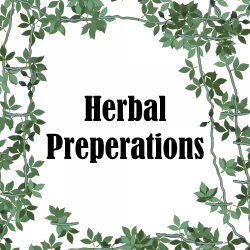Wild Carrot
(Daucus carota ssp. carota L.)


Photos Courtesy Ohio State Weed Lab Archive – Ohio State University
Other Names:
Bee's Nest, Bird's Nest, Devil's Plague, Lace Flower, Queen Anne's Lace, Rantipole
Distribution :
Found throughout the United States growing in roadsides, waste places, meadows, pastures, and no-tillage fields. It prefers well-drained or dry soils and grows best in full sun.
Description:
Wild carrot is a biennial that looks and smells similar to cultivated carrot. Its distinctive fern-like, deeply dissected leaves produce a rosette during the first year. The leaves have long stems, without hairs on the upper surface, and may have hairs on the veins and margins of the lower surface. During the second year of growth, it produces a succession of hairy flower stalks that terminate in umbrella-shaped clusters of small white flowers that originate from a common point. Flowers appear from July to September. A distinctive feature of wild carrot is the appearance of a solitary dark purple flower (rarely several flowers) in the center of most flower clusters. Once flowers mature and brownish seeds begin to develop, the flower cluster may curve inward forming what looks like a bird's nest. A long, slender taproot, white with fibrous secondary roots that become woody with age. The outer layer of root tissue often splits due to continued growth.
Food :
The wild carrot has a stronger flavor than the domesticated carrot
• Flower cluster can be battered and fried.
• Roots can be prepared the same as the domesticated carrot.
• Roots can be dried, roasted and used as a coffee substitute.
• Flower cluster used to make a jelly.
• Seeds used as a flavoring to soups and stews.
Medical:
The wild carrot is an aromatic herb. The plant is harvested in July and dried for later use. It acts as a diuretic, soothing the digestive tract and stimulates the uterus. It is also known for its cleansing effect, it supports the liver, stimulates the flow of urine and the removal of waste by the kidneys. An infusion is known to treat kidney and bladder diseases as well as digestive problems.
• An infusion of the leaves has been used to counter cystitis and kidney stone formation, and to diminish stones that have already formed.
• Carrot leaves contain significant amounts of porphyrins, which stimulate the pituitary gland and lead to the release of increased levels of sex hormones.
• A warm water infusion of the flowers has been used in the treatment of diabetes. The grated raw root, especially of the cultivated forms, is used as a remedy for threadworms.
• The root is also used to encourage delayed menstruation.
• The root of the wild plant can induce uterine contractions and so should not be used by pregnant women.
• A tea made from the roots is diuretic and has been used in the treatment of urinary stones.
• An infusion is used in the treatment of oedema, flatulent indigestion and menstrual problems.
Similar Plants:
Wild Carrot seedling can easily be confused with Common Yarrow seedlings. The immature leaves of the Wild Carrot is linear while the Common Yarrow is more egg shaped. The Poison Hemlock also closely resembles the mature Wild Carrot. The most obvious differences is the Poison Hemlock has purple spots on it's hairless stems. A distinctive difference in the Wild Carrot and other look alike plants is its strong carrot smell.




